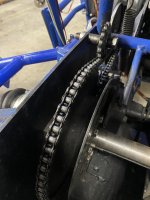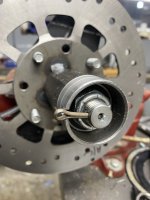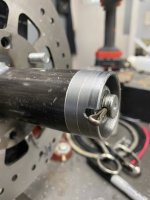Master Hack
Well-known member
Lets just call it Revision 1A. As long as the end result is correct, it doesn't matter how we get there.
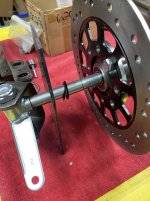
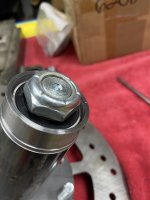
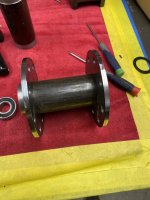


3.255 to be "zact.Will it still be ~3 1/4" from the outer "face" of the rotor flange to outer "face" of the wheel flange?

Looks pretty darn good to meWelded the flange to the hub.
Runs out .003, let me know if ya think that's acceptable.
I know pretty sloppy, I'll see if i can make it mo bedder.
https://youtube.com/shorts/lp7R4tRGOp8?feature=share
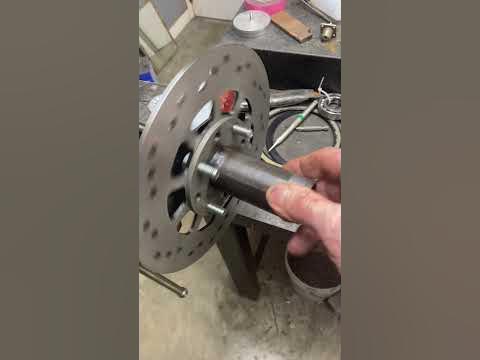
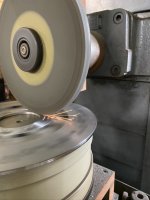
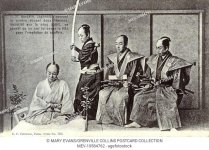
Hey T,Why does the drawing show wheel studs with left hand threads?
